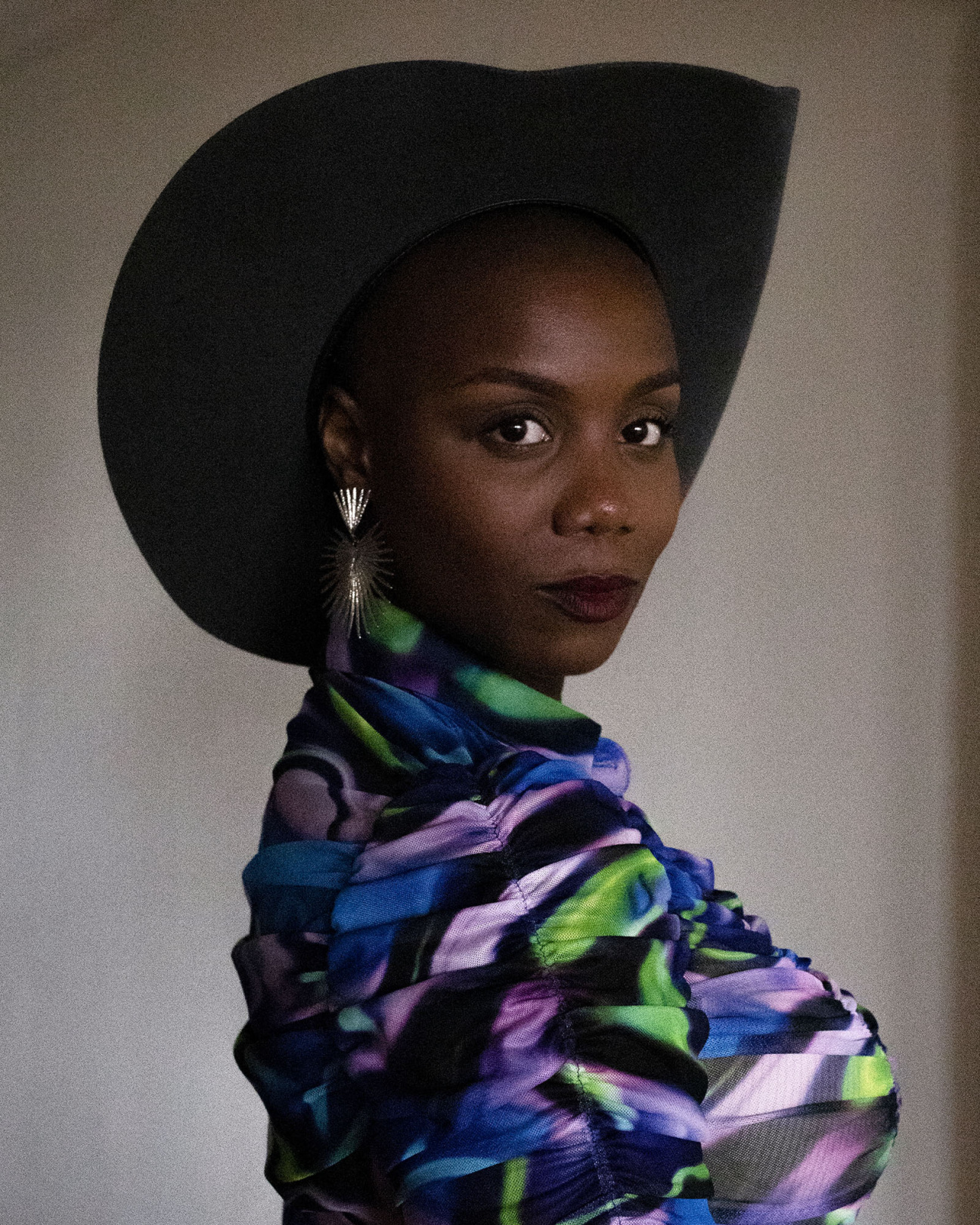
Ja’Tovia Gary’s new short film, Quiet As It’s Kept, begins with a video clip by Mikhaela Jennings. “I literally told you chitterling-eating bitches: the girls that get it, get it, the girls that don’t, don’t,” says Jennings, better known by her TikTok handle @KhaeNotBae. “Obviously you don’t get it, ’cus you’re not that girl.”
You might have already seen this video, which went viral after Jennings uploaded it in 2021 to address commenters who didn’t like her hair—though it’s more likely that you’ve heard her disembodied voice, high and crisp, repurposed by other TikTok creators to sound off on everything from weaves and turmeric masks to their preferences for room-temperature drinking water or granny panties. Or, perhaps you’re merely familiar with the words, which were soon repeated by another TikToker named Makenzie Rencher, a white woman who cut out Jenning’s mention of chitterlings—traditional Southern soul food—and whose version became similarly ubiquitous, though Jennings, who is Black, has trademarked the phrase and fought for compensation from companies who have used it.
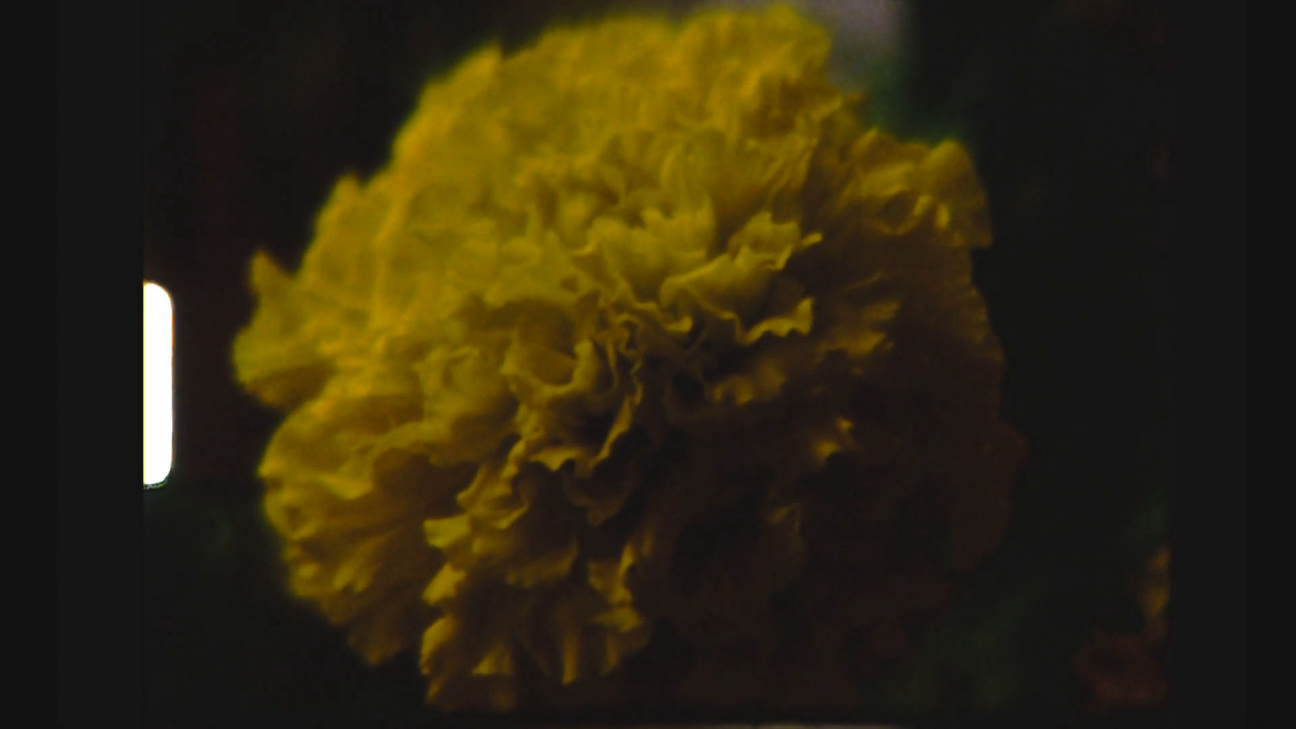
This particular phenomenon of Black speech being ventriloquized or parodied without credit or context is “kind of digital minstrelsy,” says Gary, who first speaks to me over Zoom in January from her home studio in Dallas, Texas. The Jennings clip does more than illustrate this point elegantly. It also operates as an opening salvo to Quiet As It’s Kept, which takes its title from the first line of The Bluest Eye, Toni Morrison’s novel about a young Black girl in 1940s Ohio who, believing herself ugly, wishes to have the blue eyes she associates with white beauty. “Many of the themes that are present in the book are still active…in the contemporary moment,” says the artist, 38, who first read it as a tween growing up in a working-class family in Texas. The film is her response, infused with her own sensibilities as a child of the ’90s. Twenty-five minutes long, Quiet As It’s Kept explores ideas of desirability, double-consciousness, artistic process, appropriation, language, and colorism through associative deployment of sources both archival and original. Interviews with Morrison and the scholar and Lukumi priest Dr. Kokahvah Zauditu-Selassie twine with footage of Lil' Kim, Azealia Banks, Shirley Temple, the Pentecostal church (in which Gary was raised), the Haitian-American dancer Bianca Melidor, and the artist herself.
The film achieves potent brevity by refusing to explain its many references. “It's kind of about literacy,” explains Gary. “Did you read the text?” That question can be asked both literally as it relates to Morrison’s work and more experientially: “If you're Black and you're Southern, you might get certain things. If you're from the Caribbean, certain things might hit. This isn't about exclusivity, but…specificity.”
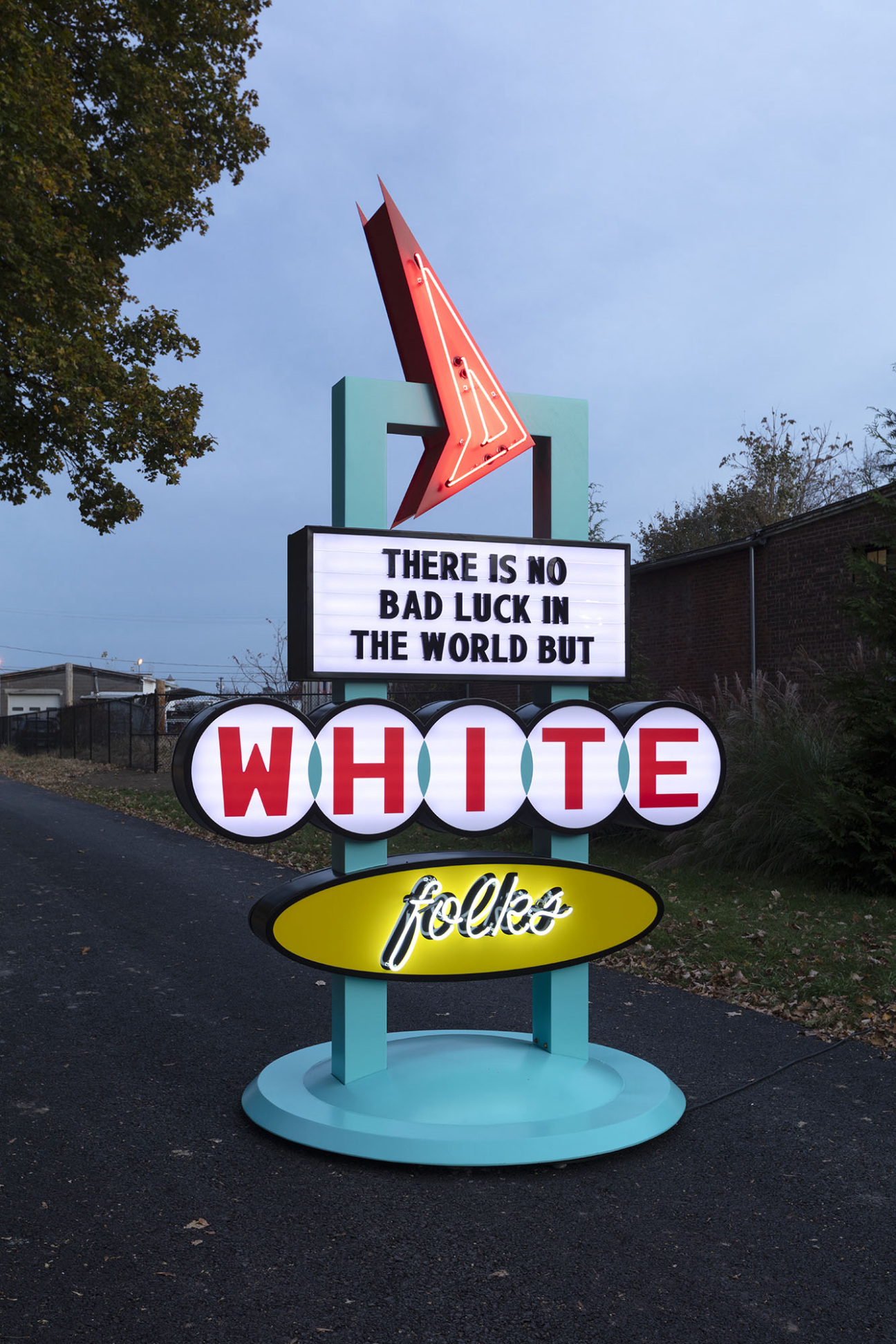
Quiet As It’s Kept will debut as part of her larger show, “You Smell Like Outside…” which opens this Saturday at Paula Cooper Gallery in Manhattan. The exhibit also includes Citational Ethics (Zora Neale Hurston, 1943), a vanity made of neon and obsidian mirror inscribed with a quote—“Then the whisper put on flesh”—from an essay Hurston wrote about High John de Conquer, a joyful and elusive figure of Hoodoo folklore. “I wanted it to seem very woo-woo, you know?” Gary says of the piece, which has Art Deco details that conjure the Harlem Renaissance and is part of an ongoing series of neon sculptures that illuminate the words of Black women. Gary tells me this when we speak a second time, in person at Paula Cooper, where she has been overseeing the show’s installation while staying in the Brooklyn neighborhood of Bed-Stuy, her stomping grounds for many years before returning to her home state shortly before the pandemic.
Gary, who studied documentary filmmaking at the School of Visual Arts after initially pursuing acting, relishes the immersive experience that a gallery space can lend to a film. The release of her last movie, THE GIVERNY DOCUMENT, 2019—shot in New York and in Claude Monet’s garden in Giverny, France—allowed her to compare how the setting of a film’s viewing can influence its reception. That work—in which she stopped Black women and girls on the street in Harlem and asked if they felt safe—hearkened back to the seminal French cinema verite film Chronicle of a Summer by Jean Rouch and Edgar Morin. Like Quiet As It’s Kept, it eschewed the pretense of objectivity and incorporated sequences of 16-millimeter film that Gary painstakingly hand-painted herself. “Not all filmmakers really see my work as documentary,” she says. She’s careful to acknowledge the support she did receive from some film festivals, though for the most part, “they definitely don’t see it for anything experimental. Why do you think I’m in the art world?”
The art world, of course, remains largely white. Navigating such a space can feel “exhausting,” Gary says. “There’s always this deep code-switch or subterfuge that I've had to kind of engage in because I'm operating in several worlds.” That’s not to say she isn’t enjoying herself. “This is supposed to be a big year for me,” she teases. (Last year was arguably big as well—she was named a Guggenheim Fellow.) In April, the Dallas Museum of Art will open her multimedia show “I KNOW IT WAS THE BLOOD,” bringing her work within walking distance of famed Booker T. Washington High School for the Performing and Visual Arts where she was once a student. And in September, THE GIVERNY SUITE—a three-channel iteration of THE GIVERNY DOCUMENT—will headline a First Friday exhibit at the Museum of Modern Art in New York.
She envisions a more traditional release for another, larger project, a feature-length film whose working title is Evidence of Things Not Seen—strands of which can be seen in “I KNOW IT WAS THE BLOOD.” Begun as an exploration of Gary’s mother in 2011, it has slowly evolved into something both more sprawling and introspective. “It's kind of about the family, but it's really about myself, which is what happens when you make something about your family,” she says. With the current cut roughly five hours long, Gary is “taking her time” with edits, but hopes to finish it soon. “Because I do think it's necessary to get it out.”
“You Smell Like Outside…” will be on view from February 11 through March 11, 2023 at Paula Cooper Gallery in New York.

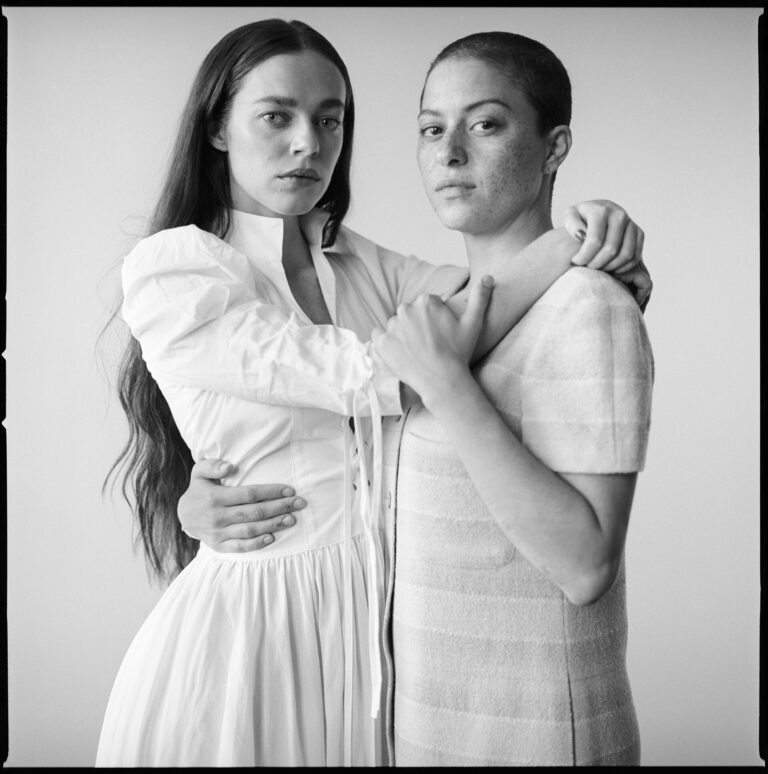

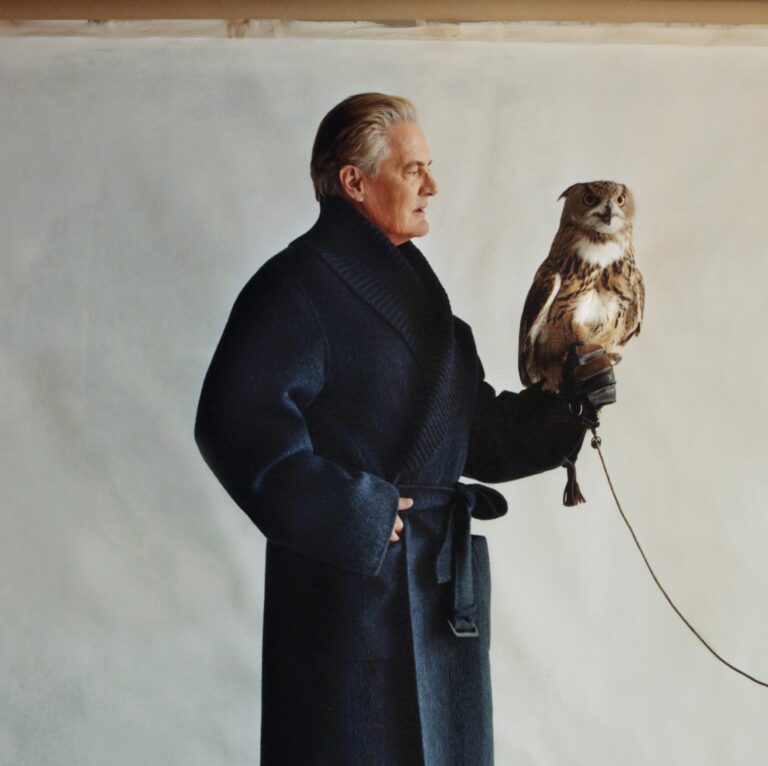
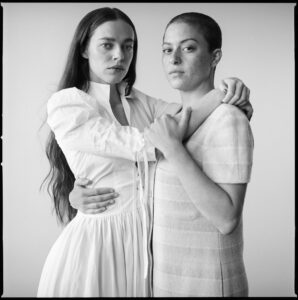





 in your life?
in your life?

